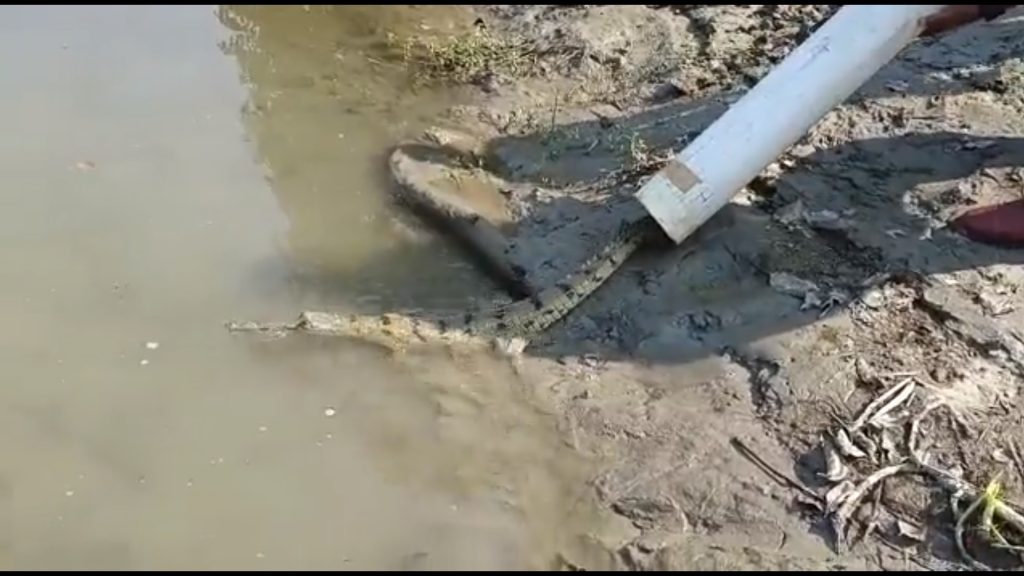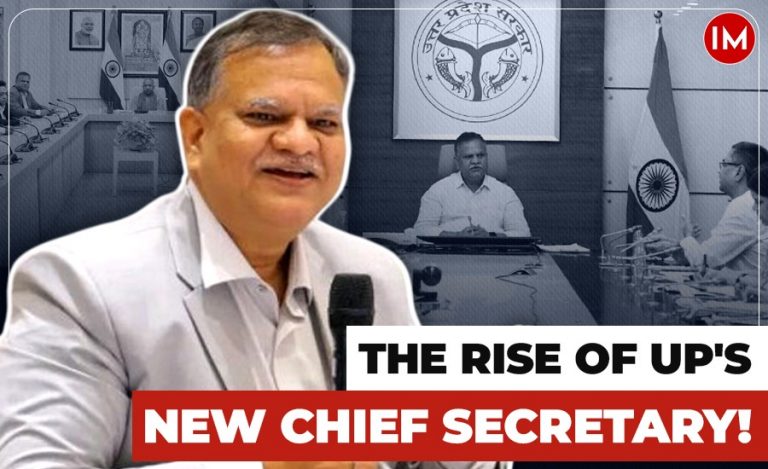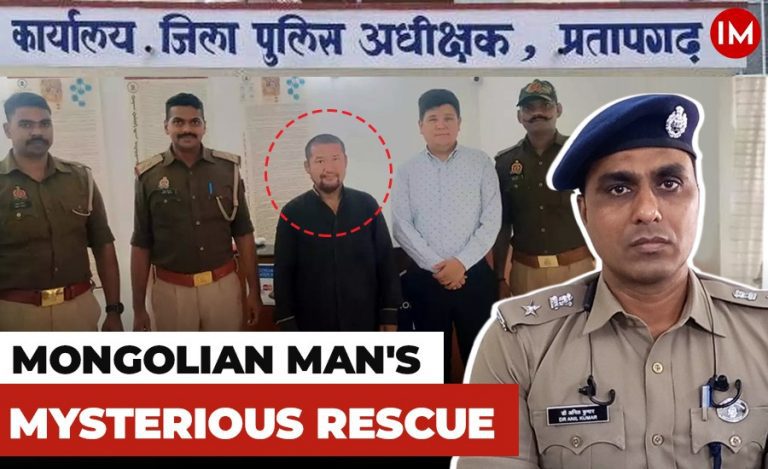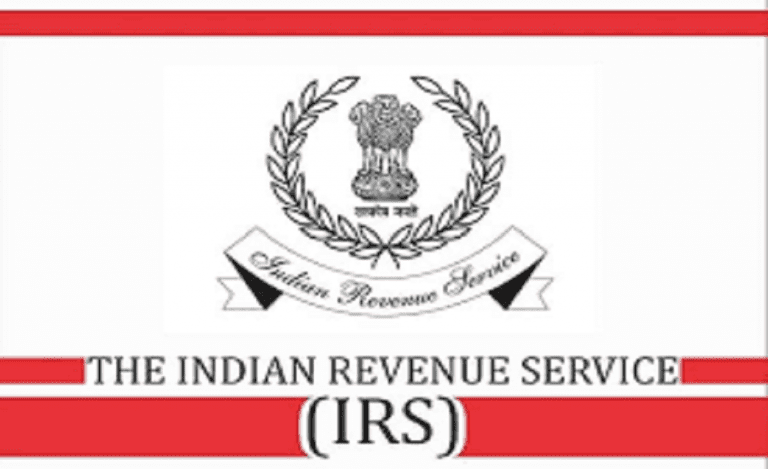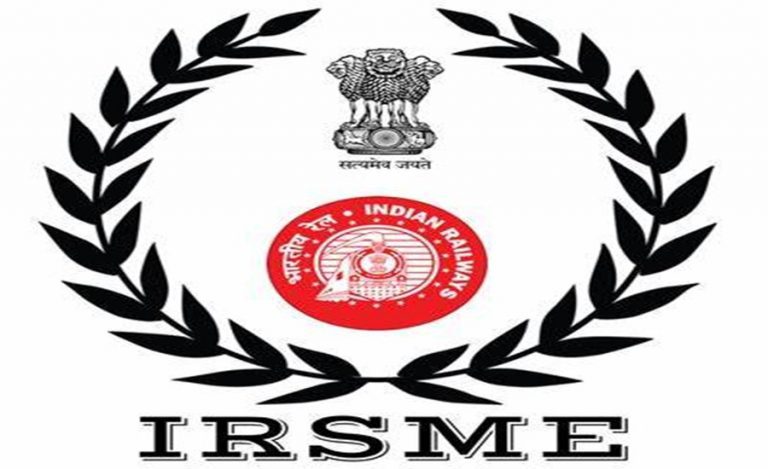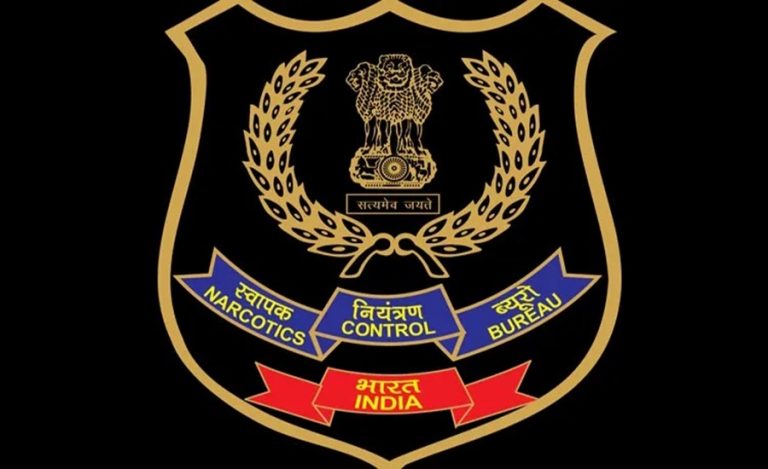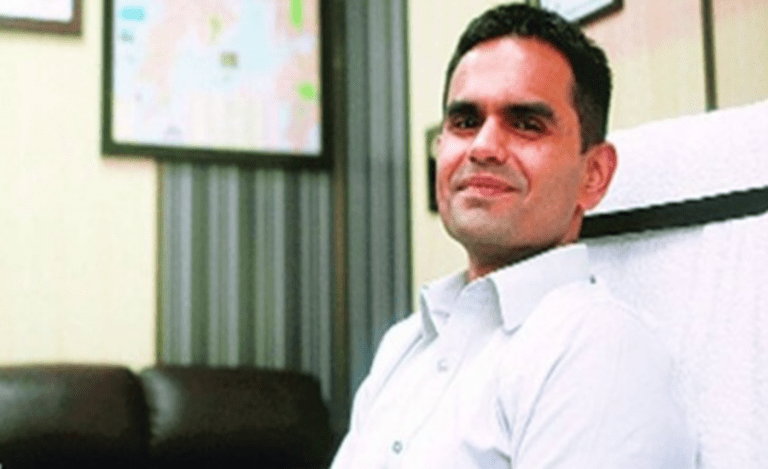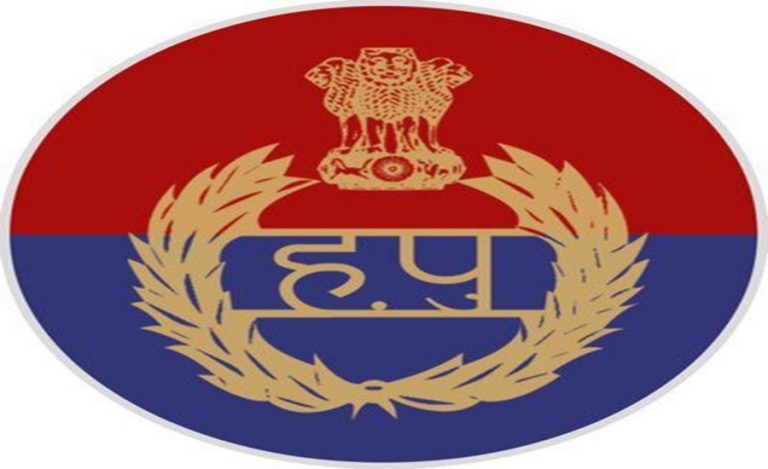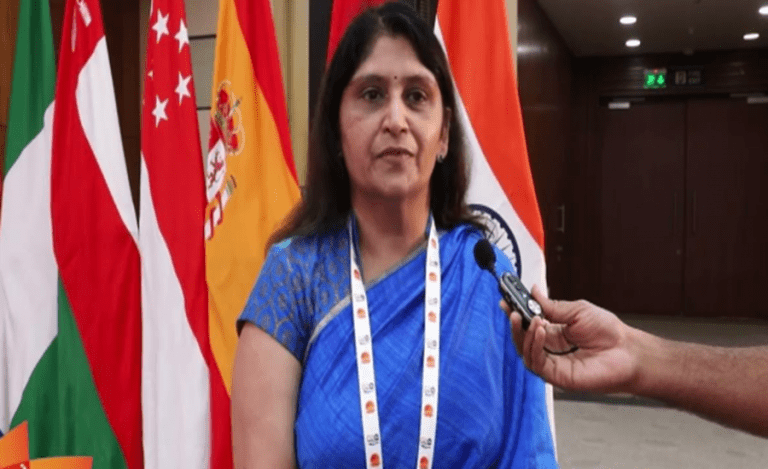The Katarniaghat Wildlife Sanctuary (KWS) has been taking a slew of initiatives to conserve the Gharial, one of the three species of Indian crocodiles. Breeding pads and hatchery have been made and a Gharial Conservation and Research Center is also being built.
The results are already showing as the critically endangered Gharial’s count has been increasing in this Uttar Pradesh wildlife sanctuary, situated in the Terai region of the Bahraich district. And, all because of a roadmap prepared under the leadership of 2016-batch IFS officer Akash Deep Badhawan. Right now, there are more than 360 gharials in the region.
Indian Masterminds interacted with Mr. Badhawan, who is the DFO of Katarniaghat Wildlife Sanctuary (KWS), to know more about the roadmap to increase Gharials.
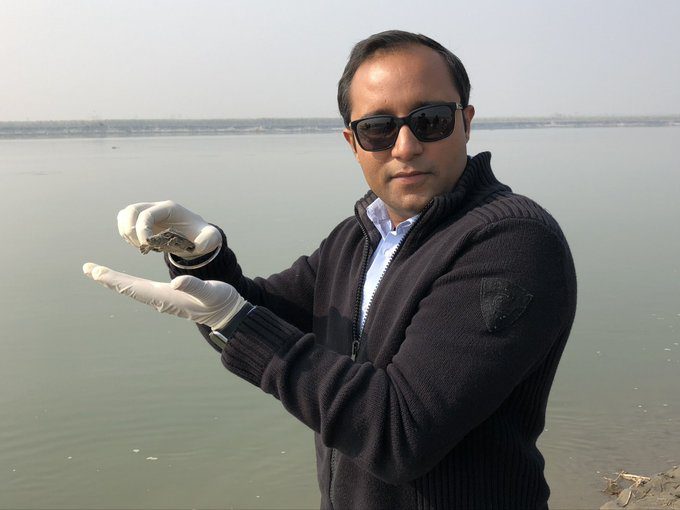
ARTIFICIAL BREEDING ALSO
Gharial is a highly vulnerable species, but is a sign of a healthy ecosystem. So, increasing their population is must, said Mr. Badhawan. Katarniaghat is one of the four places which were selected right in the beginning for Project Gharial, when it was started in 1975, such was the importance of Katarniaghat in terms of the Gharial population.
KWS has a wild breeding, resident Gharial population. Of late, for their conservation, artificial breeding pads are being made. Mr. Badhawan said, “In order to increase the population of Gharial, we help those eggs which do not hatch through these breeding pads. For this, we have also made a hatchery. And when the Gharial grows up a bit and we feel that they are fit for release, we release them into the water.”

HATCHERY FOR THE UNFIT
As for those not fit to be released, they are kept in the special hatcheries. “Some are disabled or have some other problems.So we keep them in our hatchery only. Some researchers are there in the hatchery who do research while taking care of the Gharials,and make modified changes to increase their longevity,” the officer said.
GHARIAL CONSERVATION PROGRAMME
These field researchers are part of the Gharial Conservation Programme (GCP) who are working to study the isolated and wild breeding Gharial population in the Katarniaghat Wildlife Sanctuary and nearby aquatic habitats.
Mr. Badhawan said, “The programme aims to identify the potential Gharial habitats and associated threats, and work with the stakeholders, to establish a long-term Gharial monitoring and conservation plan. This initiative aims to bring different stakeholders together and fill the gap of communication which is often found between the researchers and the implementing agencies. Landscape biodiversity plans are only successful with participation of all the key stakeholders.”
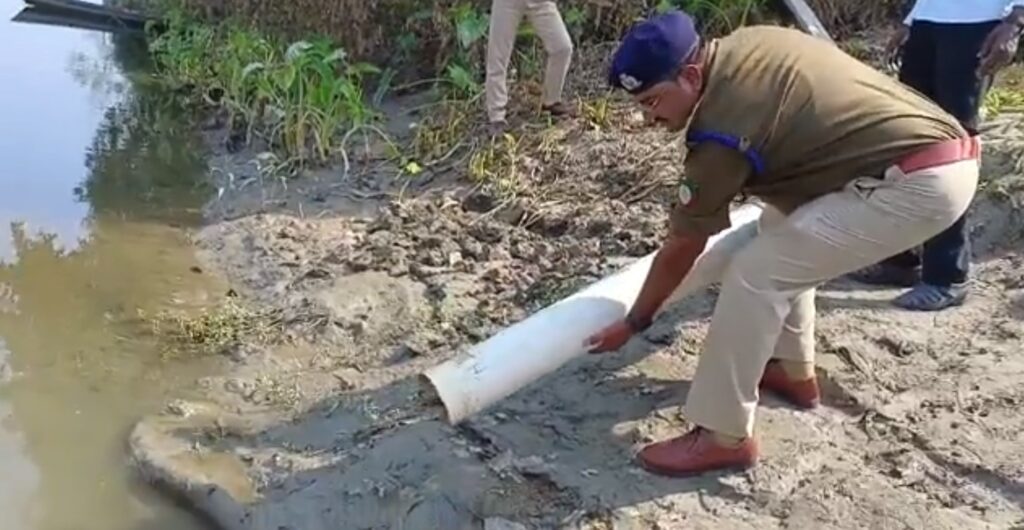
This initiative will enhance data sharing and networking, reduce resource expenses, and ensure equal participation of each stakeholder. At the same time, it is a wider vision of river conservation in Uttar Pradesh Gharial Conservation Programme embarking on its first landscape river conservation initiative.
“If done with a collective responsibility, we can establish Uttar Pradesh Forest department and all conservation stakeholders as leaders in river ecology management. We can showcase our work to other world bodies, like our innovation, community engagement and support programmes, etc.,” Mr. Badhawan said.
MORE ABOUT THE INDIAN GHARIAL
There are three species of Indian crocodiles, the Gharial, Magar and Saltwater crocodile. This was the reason that from 1975, the National Crocodile Conservation Project was started.
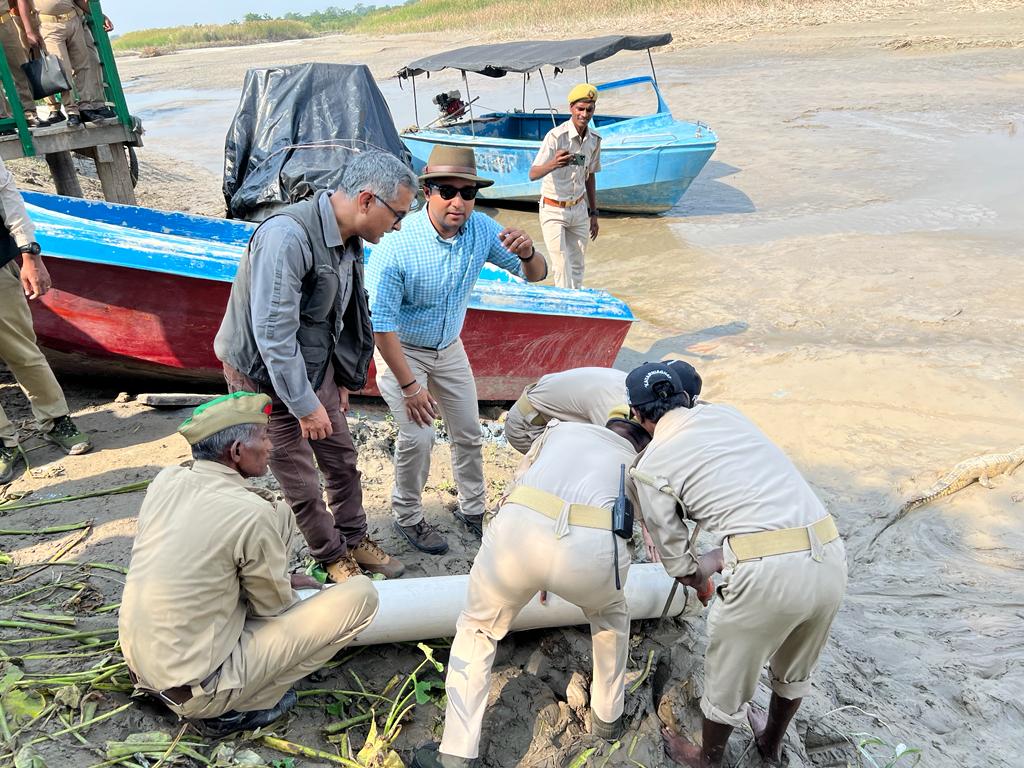
KWS was designated as the 4th gharial (Gavialis Gangeticus) sanctuary under Project Crocodile. KWS has a wild breeding, resident Gharial population. The population is isolated to a 20 km stretch of Gerua and Kaudiyala Rivers. The isolation of this population resulted from construction of Girijapuri barrage in 1976 at the junction of Gerua and Kaudiyala rivers.
KWS gharial population was one of the source populations for collection of Gharial eggs during captive rear and release programme, which began in 1975. Natural breeding and external augmentation have increased the population and nest counts from 14 and 5 in 1975 to 70+ and 36 in 2020, respectively.
Once found in India,Pakistan,Nepal, Bangladesh,Bhutan & Myanmar but now limited to only 2% of its historical range, Gharials are a critically endangered specie. 120 Gharials were released in Gerua River today boosting its conservation@rameshpandeyifs @ParveenKaswan @UpforestUp pic.twitter.com/CHShYyiOKF
— Akash Deep Badhawan, IFS (@aakashbadhawan) October 27, 2022

